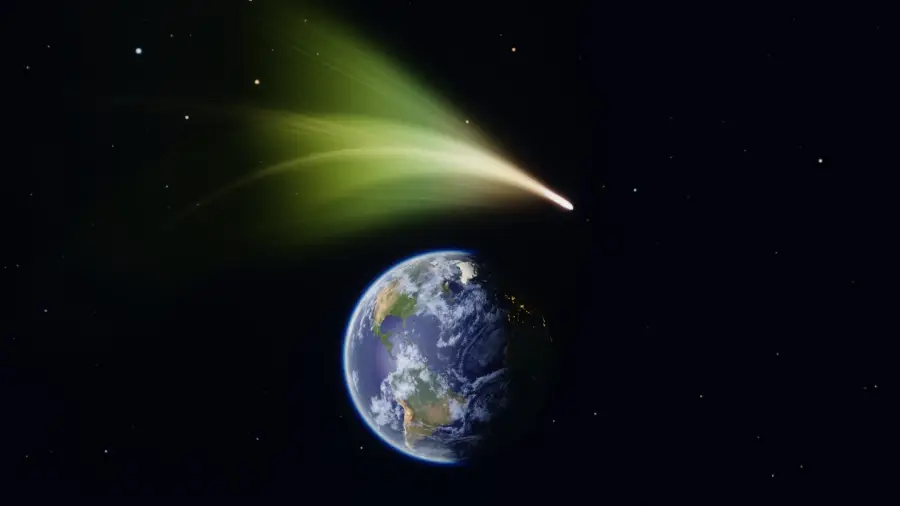
Our Earth recently had its brush with a green comet. The last time it visited us was some 50.000 years ago. It is unlikely to return for millions of years. Astronomers and space enthusiasts around the globe looked up to catch a glimpse of this unique visitor.
Christened C/2022 E3 (ZTF), the comet was discovered in March 2022 by astronomers. The comet which had been in the skies for close to a month since mid-January has now travelled outwards, away from Earth and out of our solar system. The comet came from the Oort Cloud.
And if you missed the comet this time, rest assured. There are plenty of comets around which will swing past us and who knows maybe the next one will be bigger and brighter! With so much of discussion around comets, let’s learn more about them.
Comets
The comets are leftovers after the formation of the solar system 4.6 billion years ago. These frozen leftovers are made of dust and ice and orbit the Sun. These ancient objects are often referred to as time capsules as they contain material back from the time the Sun and the planets were formed. They are important as they are believed to hold vital clues regarding the formation of our solar system. They are known for their long tails. The current known number of comets is 3.743
Comets are found to exist in a disk beyond Neptune's orbit called the Kuiper Belt. These are called short period comets. They take less than 200 years to orbit the Sun. Other comets east in the Oort Cloud, the outer edge of the solar system. These are called long-period comets as they take larger periods to orbit the sun.
Halley's comet
Halley is the most famous of the lot. Earlier comets were thought to pass through the solar system only once. In the early 1700s, it was English astronomer Edmond Halley who suggested that the bright comet reported in 1531, 1607 and 1682 was one and the same. That it was a single comet making return trips. He predicted that it would return in 1758. The comet did and it was named in his honour.
Why do comets have a tail?
The most distinctive characteristic of a comet is its tail. When a comet approaches the Sun, the heat evaporates the comet's gases. The dust and gases start moving away from the nucleus of the comet. The Sun's radiation pressure and particles coming from the Sun start pushing the gas and dust stream away from the nucleus into a bright tail that extends to millions of miles.
In fact, a comet has two tails. While one appears to be white and is made of dust, the other is blush in colour and is comprised of ions and electrically charged gas molecules.
A comet's lifetime
As the comet completes each orbit around the Sun, it loses material from the surface of its nucleus. Its aging starts and it starts dimming in appearance. And over time it loses all the ices in the nucleus and the tail also disappears. The comet changes into a dark rocky mass or fizzles into dust.
Picture Credit : Google




